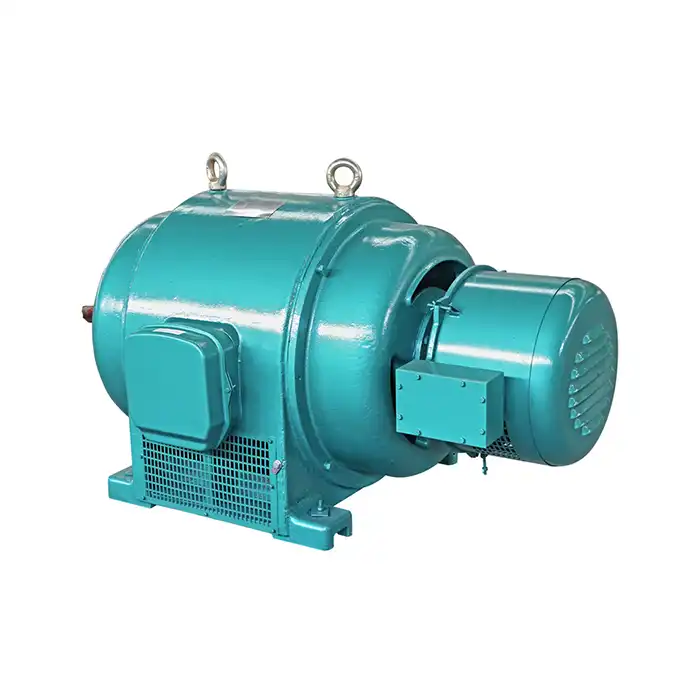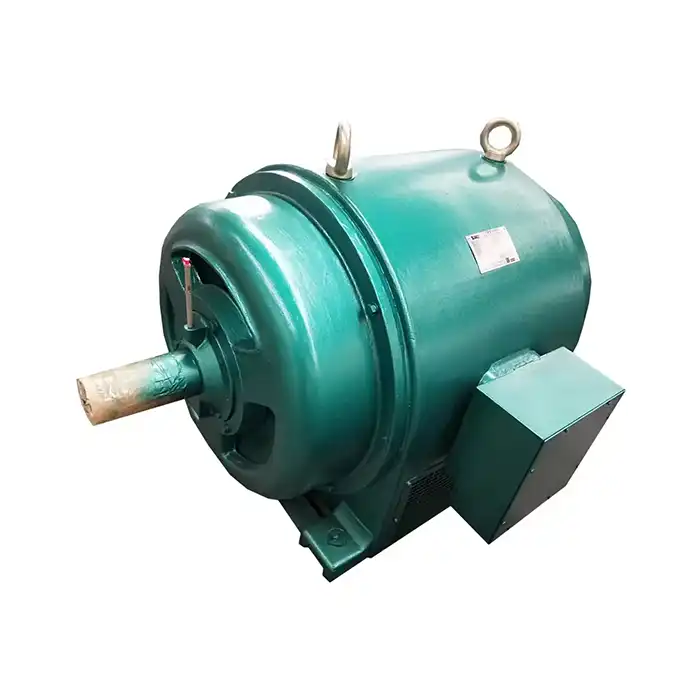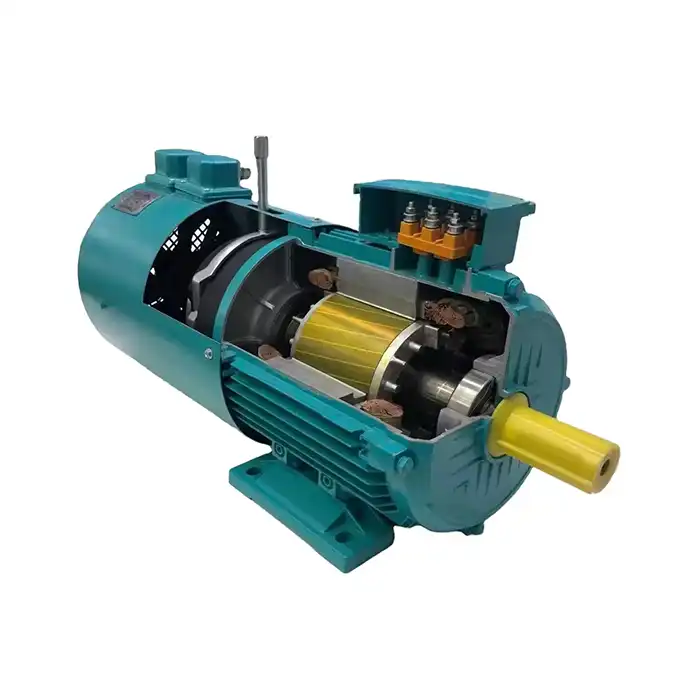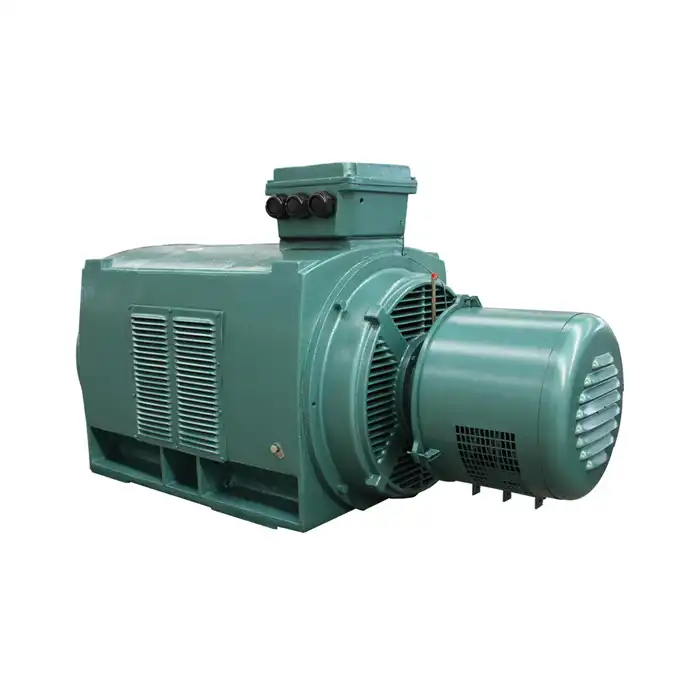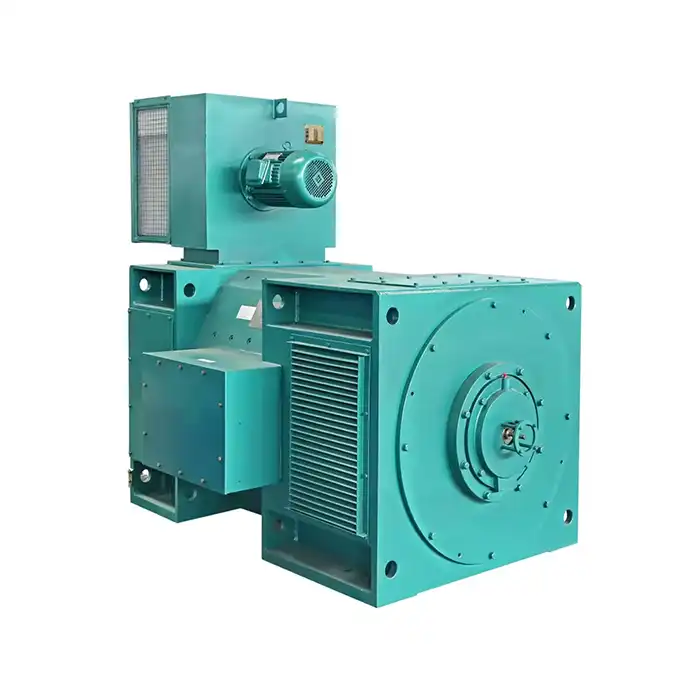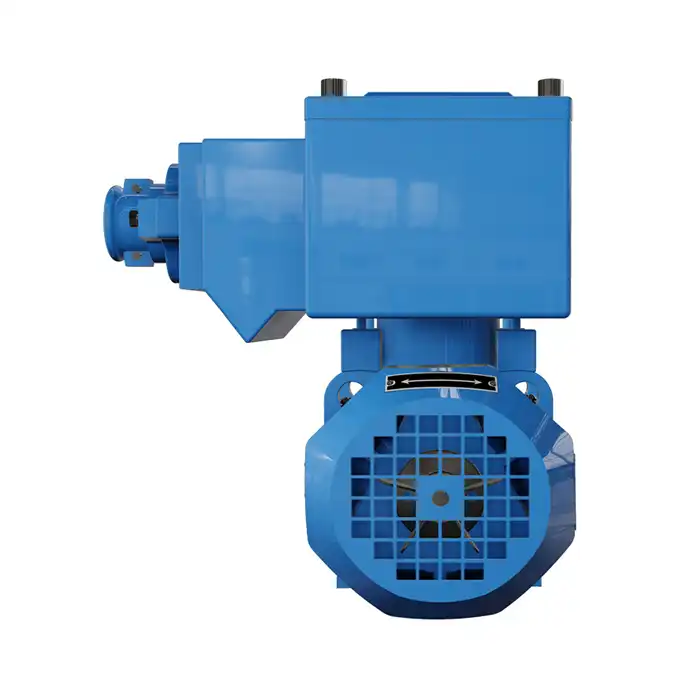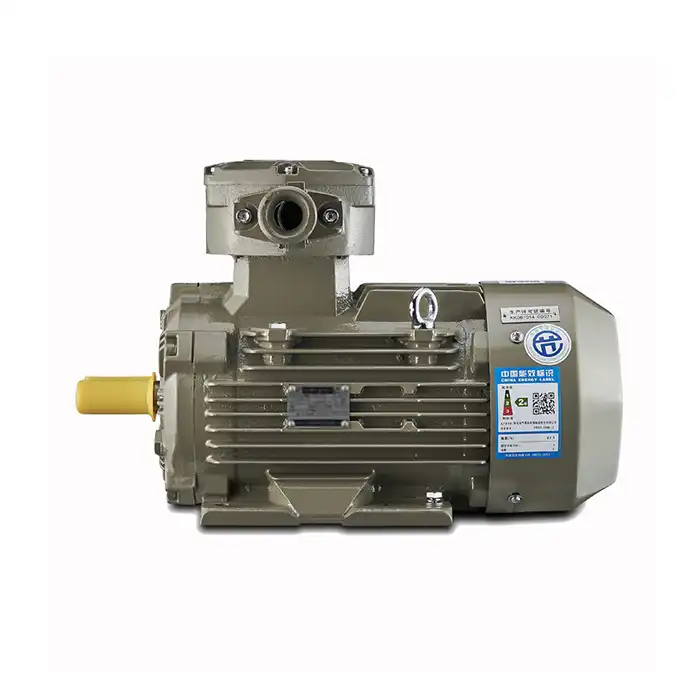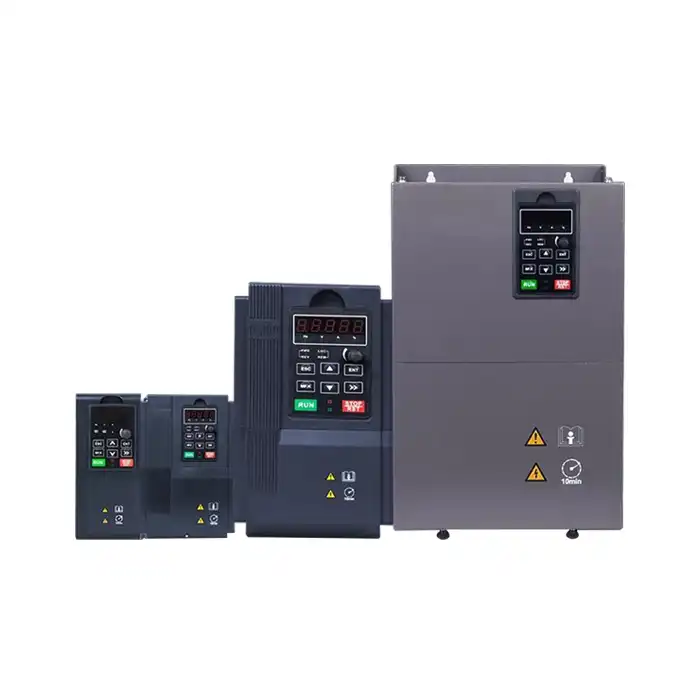It takes accuracy and focus to wire an inverter duty motor. These specialised motors provide improved performance in a range of industrial applications and are made to operate with variable frequency drives (VFDs). In this thorough guide, we'll show you how to wire an inverter duty motor, point out typical blunders to avoid, and stress important safety measures.

Series:YVFE2
Frequency conversion range:30hz~50hz,5hz~70hz,5hz~100hz
Power range:0.75-355kW
Protection level:IP55
Application:are suitable for driving various mechanical equipment that require continuous and frequent forward and reverse rotation, such as steel rolling, lifting, transportation, machine tools, printing and dyeing, papermaking, chemicals, textiles, pharmaceuticals, etc., and can be used with various domestic and foreign variable frequency power supplies.
Advantage:high efficiency, wide speed range, high precision, stable operation, and easy operation and maintenance.
Certificate:installation dimensions comply with International Electrotechnical Commission (IEC) standards.
Others: SKF, NSK, FAG bearings can be replaced according to customer requirements.
Step-by-step guide: Proper wiring techniques
Correctly wiring your inverter duty motor is essential for optimal performance and longevity. Let's break down the process into manageable steps:
Preparation and safety measures
Before you begin, ensure you have the necessary tools and equipment. This includes insulated screwdrivers, wire strippers, multimeter, and appropriate personal protective equipment (PPE). Always disconnect the power source and follow lockout/tagout procedures before starting any wiring work.
Identifying motor terminals
Inverter duty motors typically have six or nine terminals in the connection box. These terminals are usually labeled U1, V1, W1 (and U2, V2, W2 for dual-voltage motors). Familiarize yourself with the motor's wiring diagram, which should be provided by the manufacturer.
Connecting power leads
For a typical three-phase inverter duty motor, follow these steps:
- Connect the U1 terminal to the VFD's U/T1 output.
- Connect the V1 terminal to the VFD's V/T2 output.
- Connect the W1 terminal to the VFD's W/T3 output.
If your motor is dual-voltage, ensure the internal connections are correctly configured for your supply voltage.
Grounding the motor
Proper grounding is crucial for safety and performance. Connect the motor's ground terminal to the VFD's ground point and ensure a solid connection to the facility's grounding system.
Connecting control wiring
If your inverter duty motor includes additional features like thermal protection or encoders, connect these to the appropriate terminals on your VFD. Consult your VFD manual for specific instructions.
Verifying connections
After completing the wiring, use a multimeter to check for continuity and proper insulation. This step helps prevent potential short circuits or connection errors.
Common mistakes to avoid in motor wiring
Even experienced technicians can make errors when wiring inverter duty motors. Here are some common pitfalls to watch out for:
Incorrect phase sequence
Mixing up the phase connections (U, V, W) can cause the motor to run in reverse or not at all. Always double-check your connections against the wiring diagram.
Improper grounding
Neglecting proper grounding can lead to safety hazards and electromagnetic interference. Ensure a solid, low-impedance ground connection.
Overlooking shielded cables
When wiring an inverter duty motor, using shielded cables for power and control wiring can reduce electromagnetic interference. Make sure to properly terminate the shield at both ends.
Ignoring torque specifications
Over-tightening terminal connections can damage the terminals, while under-tightening can lead to loose connections and overheating. Always use a torque wrench and follow the manufacturer's specifications.
Neglecting thermal protection
If your motor includes thermal protection devices, such as thermistors or RTDs, failing to connect these to the VFD can leave your motor vulnerable to overheating.
Safety precautions for inverter motor installation
Safety should always be your top priority when working with electrical equipment. Here are essential precautions to take when installing an inverter duty motor:
Electrical safety
Always follow proper lockout/tagout procedures before beginning any work. Use insulated tools and wear appropriate PPE, including safety glasses and insulated gloves.
Proper ventilation
Ensure adequate ventilation in the work area, especially if you're working in confined spaces. Some wiring tasks may produce fumes from insulation or cleaning solvents.
Handling and lifting
Inverter duty motors can be heavy. Use proper lifting techniques and equipment when moving or positioning the motor to avoid injury.
EMI considerations
Be aware of potential electromagnetic interference (EMI) issues. Proper cable routing and shielding can help minimize EMI problems in your installation.
Documentation and testing
Keep detailed records of your wiring configuration and perform thorough testing before energizing the system. This includes insulation resistance tests and rotation checks.
Wiring an inverter duty motor requires attention to detail and a solid understanding of electrical principles. By following these guidelines and prioritizing safety, you can ensure a successful installation that maximizes the performance and lifespan of your motor.
Remember, inverter duty motors are designed to handle the unique demands of variable frequency drive systems. They offer superior performance in applications requiring speed control and are built to withstand the stresses associated with VFD operation. These motors typically feature enhanced insulation systems, reinforced bearings, and optimized cooling designs to ensure reliable operation across a wide frequency conversion range, from 5Hz to 100Hz in many cases.
When selecting an inverter duty motor for your application, consider factors such as the required power range, which can span from 0.75kW to 355kW, and the specific operational demands of your system. These motors are particularly well-suited for applications in industries such as steel rolling, lifting, transportation, machine tools, printing and dyeing, papermaking, chemicals, textiles, and pharmaceuticals.
One of the key advantages of inverter duty motors is their ability to provide high efficiency across a wide speed range. This characteristic, combined with their stable operation and ease of maintenance, makes them an excellent choice for many industrial applications. Additionally, their installation dimensions typically comply with International Electrotechnical Commission (IEC) standards, ensuring compatibility with a wide range of mounting configurations.
By properly wiring and installing your inverter duty motor, you're setting the foundation for a high-performance, energy-efficient system that can significantly enhance your operational capabilities.
Conclusion
An inverter duty motor's wiring is a crucial operation that calls for skill and close attention to detail. You can guarantee a successful installation that optimises your motor's performance and lifespan by following the detailed instructions, avoiding typical blunders, and taking safety precautions.
Inverter duty motors are among the premium power equipment solutions that Shaanxi Qihe Xicheng Electromechanical Equipment Co., Ltd. specialises in offering. From manufacturing and process management to HVAC systems and renewable energy applications, our solutions are made to satisfy the exacting requirements of a wide range of industries. We are aware of the particular difficulties faced by businesses in the transportation, energy and utility, and industrial automation industries.
If you're looking for reliable, energy-efficient inverter duty motors or need expert guidance on motor selection and installation, we're here to help. Our team is committed to providing top-notch pre-sales and after-sales support, ensuring you get the most out of your power equipment. For more information or to discuss your specific requirements, please don't hesitate to contact us at xcmotors@163.com. Let us help you optimize your operations with our advanced motor solutions.
References
1. Johnson, R. (2020). "Inverter Duty Motor Wiring: Best Practices and Troubleshooting." Industrial Motor Journal, 45(3), 78-92.
2. Smith, A. & Brown, T. (2019). "Safety Considerations in Variable Frequency Drive Installations." Electrical Engineering Review, 28(2), 112-125.
3. Garcia, M. (2021). "Common Wiring Mistakes in Industrial Motor Applications and How to Avoid Them." Power Systems Engineering, 33(4), 201-215.
4. Lee, S. et al. (2018). "Electromagnetic Interference Mitigation Techniques for Inverter-Fed Motors." IEEE Transactions on Industrial Electronics, 65(9), 7404-7413.
5. Wilson, D. (2022). "Advancements in Inverter Duty Motor Design for Enhanced Performance and Efficiency." Journal of Electric Machines and Power Systems, 50(6), 321-335.
6. Thompson, E. (2021). "Installation and Maintenance Guide for High-Performance Industrial Motors." Industrial Equipment Handbook, 3rd Edition. Springer Publishing.



